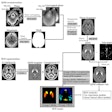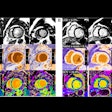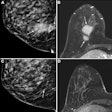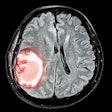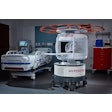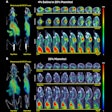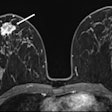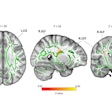Thursday, December 1 | 11:40 a.m.-11:50 a.m. | SSQ12-08 | Room E451A
In case you're wondering, SONK stands for spontaneous osteonecrosis of the knee, which is related to a subchondral fracture. In this Thursday session, researchers will discuss how MRI can help assess this pesky break and predict how well patients will recover."MRI has been proven as an excellent diagnostic tool for spontaneous osteonecrosis of the knee," said Dr. Jared Nesbitt from Stony Brook Medicine in Stony Brook, NY. "Unfavorable clinical outcomes for SONK include progression of osteoarthritis and arthroplasty. Rapidly progressive osteoarthritis has become increasingly recognized. It is known that SONK/subchondral fractures are important risk factors; hence, we tried to identify MRI features that may put patients at risk for unfavorable clinical outcomes."
Nesbitt and colleagues evaluated MRI scans of 43 knees from 37 patients who had spontaneous osteonecrosis of the knee. A review for clinical outcomes had an average follow-up time of 13.3 months (range, 0-88 months). Poor outcomes were defined as progression to articular surface collapse, continued complaints leading to surgical knee replacement, or another episode of SONK.
Six patients (14%) had another episode of SONK, while 11 (26%) showed no improvement and needed an injection rather than arthroscopy, according to the researchers. Four patients (9%) required arthroplasty, and 22 (51%) had no negative outcomes. Reasons for poor clinical outcomes included a significantly higher average body mass index and several other conditions related to SONK.
"MRI can identify a series of findings related to SONK, and our results have shown that the combination of subchondral fracture line, loss of subchondral articular surface contour, meniscal tear with extrusion, and adjacent soft-tissue edema are more indicative of unfavorable clinical outcomes than just one key feature," Nesbitt told AuntMinnie.com.
MRI can help predict how well patients recover from SONK, and more aggressive treatment could help certain patients minimize their risk, the researchers concluded.



.fFmgij6Hin.png?auto=compress%2Cformat&fit=crop&h=100&q=70&w=100)




.fFmgij6Hin.png?auto=compress%2Cformat&fit=crop&h=167&q=70&w=250)



